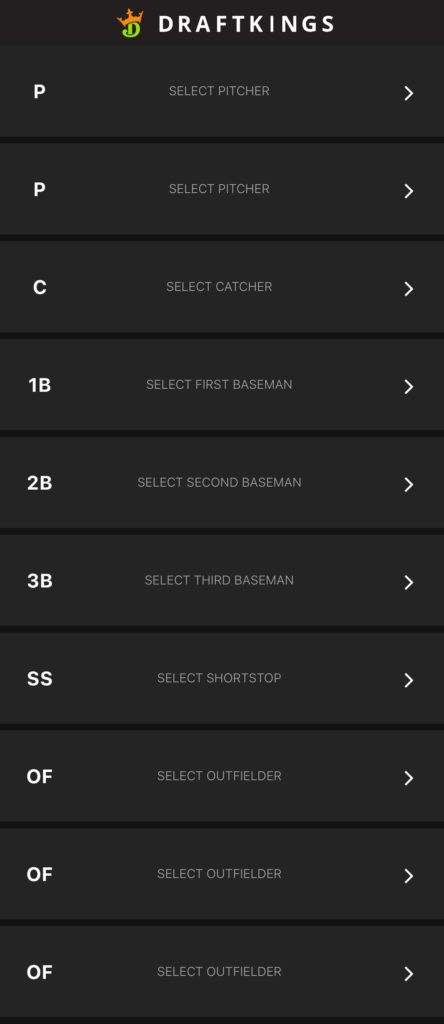MLB DFS Game Theory
The Basics
“Good pitching will always stop good hitting… and vice versa.” – -Bob Veale, later adopted by managers Casey Stengel and Yogi Berra
Pep Talk
This was one of the earliest lessons I learned in my MLB DFS journey, the idea that good pitching beats good hitting and bad hitting beats bad pitching. This truth was one of those “Aha!” moments for me, and the sooner you understand and embrace the subtleties of the quote, the sooner you’ll be able to leverage them against the field.
Since the game of baseball is, in my opinion, the most statistics-driven sport there is, I naturally gravitated towards MLB DFS. Consider it a numbers game with the added nuance of sound DFS strategy and Game Theory. This presents an interesting conundrum for us to solve: since the sport of baseball is so laden with statistics, sabermetrics and analytics, we have to assume every other DFS player acts on a level playing field and has access to the same data values as we do; this is an area known in Game Theory as “common knowledge.” Understanding this fact is imperative to developing a repeatable process built to attack the masses. We also have to assume that the days of DFS print fests are long gone, that the average DFS player has grown over the previous five to seven years, the age of enlightenment for DFS. What we’ve seen happen over the previous two to three years is what I’ll dub “The Dark Ages for DFS,” a period of time where we’ve seen a plateau for the average DFSer. Not much has changed in the general process for the field and not many people are continually striving for growth. This is where we have the upper hand, the ace in the hole. Anything in life worth fighting for is going to take hard work and determination. So, I pose this question: what will you do to strive for continual growth this baseball season? That’s it for the pep talk. So, what are the basics we need to understand to be successful in MLB DFS?
Basics
For pitchers, fantasy points are accrued through innings pitched (2.25 per inning, 0.75 per out), strikeouts (2), and wins (4) for pitchers, with bonus points added for a complete game (2.5), a complete game shutout (2.5), or a no-hitter (5). Points are removed from pitchers through walks, hits, and hit batsmen (-0.6) and earned runs allowed (-2). I want you to picture these values as follows: a strikeout is worth almost as much as a full inning pitched, an out is worth more than would be removed by a walk, hit against, or hit batsmen, and any earned run against can be negated by a strikeout. What does looking at it that way mean to you? To me, it means strikeouts are king! Keep this in your back pocket as we continue through the course.
For batters, fantasy points are accrued through hits (3 for a single, 5 for a double, 8 for a triple, and 10 for a homerun), runs and RBIs (2), walks and HBP (hit by pitch; 2), and stolen bases (5). Picture these values as follows: extra base hits or bust. What does looking at it that way mean to you? To me, it means we need to be targeting players capable of extra-base hits in our lineups, duh!
Draftkings utilizes two pitcher spots and eight position player spots, broken down into one catcher, one first basemen, one second basemen, one third basemen, one shortstop, and three outfielders. This brings up a couple of key talking points: (1) it creates positional scarcity in the same manner as real-world baseball amongst batters, (2) it creates increased chalk amongst the pitchers on a slate.

